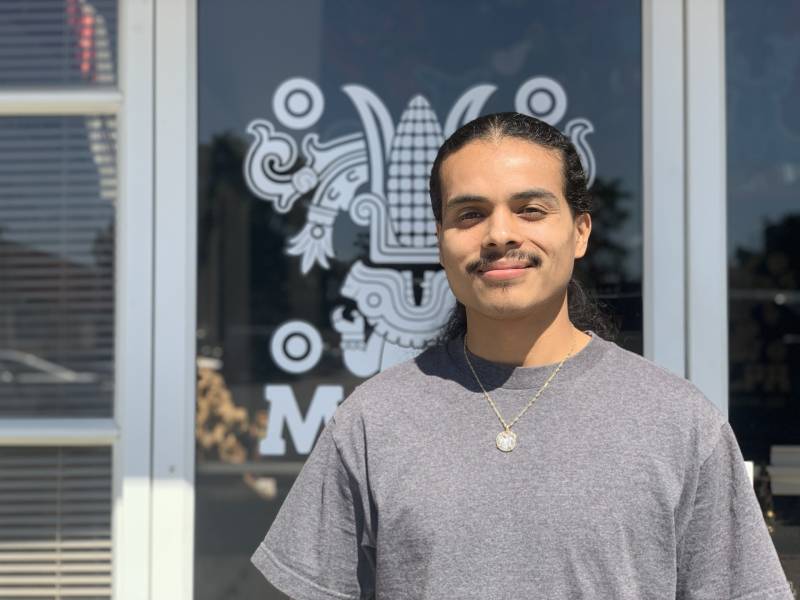Counties are determined to make the law work, said Larry Morse, legislative director with the California District Attorneys Association. Yet, "frankly the details are still a little opaque and we have not really been able to sort through exactly how this will unfold.”
Prosecutors want to know where youths who commit “the most egregious and horrifying crimes” will be held and how they will be helped, he said.
County officials fear smaller counties could have difficulty providing specialized programs for youths who commit sex crimes, for instance, or have serious mental health needs.
The state will ramp up to sending counties $212 million annually to help pay for their new responsibilities — about $225,000 per youth.
But the California State Association of Counties said the funding formula punishes counties that relied most on the state-run system and therefore need the greatest help developing local alternatives.
County probation officers, meanwhile, will be trying to find a balance between reform advocates' focus on rehabilitation and juvenile judges who, at prosecutors' requests, could still send 16- and 17-year-olds to adult prisons for the most serious crimes.
California counties already handle about 35,000 juvenile offenders, more than 3,600 of them held in juvenile halls, camps and ranches. But when juvenile court judges in the past were faced with the most recalcitrant or troubled youth, they had the option of sending them to the state Division of Juvenile Justice.
With that option gone, officials and advocates alike are looking for guidance from the nascent state Office of Youth and Community Restoration.
A consortium of 40 youth advocacy groups recently asked lawmakers to budget $30 million for the office — four times what Gov. Gavin Newsom most recently proposed — to provide better oversight of the entire juvenile justice system, not just those who previously went into state custody.
“It’s been mass confusion at the county level with very little guidance at the state level,” said attorney Frankie Guzman, director of the California Youth Justice Initiative at the National Center for Youth Law, who spent six years in California’s youth prisons for armed robbery.
Heldman, from University of San Diego, cautioned that the state can’t simply absolve itself of responsibility for the youth population it is now pushing back to the counties.
But state Sen. María Elena Durazo, D-Los Angeles, promised that her budget subcommittee will oversee a proper transition, “so that all young people remain in our communities instead of being held in youth prisons far away from the resources and support they need to heal trauma and change the course of their lives.”
“This was a moment of hope,” Durazo said of lawmakers’ vote for the shift. “It was also a recognition that we had to get it right, and it would not be easy.”
